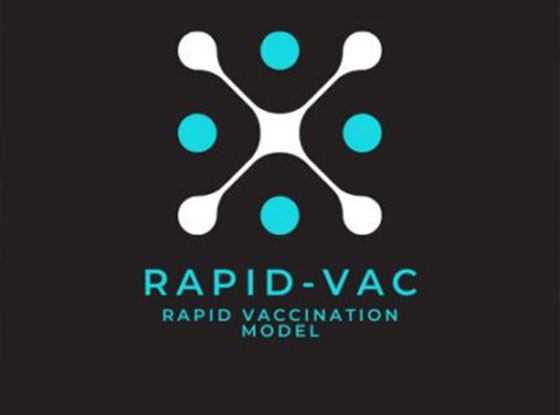Here is a list of Lean tools that can be used to improve an organisation;
5S – Organising the workplace using 5 structured steps;
Sort – Eliminate that which is not neededSet – Organise the remaining items
Shine – Clean and inspect the area to an agreed standard
Standardise – Write standards for the above 3 steps
Sustain – Create an audit system to monitor the standards and look to continuously improve
Gemba – Spending time on the shop floor and go to where the action happens. This helps to gain a better understanding of what actually happens and engaging with the workers.
Hoshin Kanri – Policy deployment to align the goals of the company strategy with plans of the middle management and the workforce on the shop floor.
Jidoka – Design equipment to automatically stop when defects are detected to improve quality.
JIT (Just In Time) – Material is pulled through the production system based on customer demands at the right time, the right quality in the right quantities, reducing inventory levels.
Kaizen (continuous improvement) – Employees working together to proactively improve the processes in incremental steps.
KPIs (Key Performance Indicators) – Metrics designed to track and encourage progress towards the goals of the organisation.
OEE (Overall Equipment Effectiveness) – Measuring productivity loss for a manufacturing process through availability, performance and quality.
PDCA (Plan Do Check Act) – Used for implementing improvements
Plan – Establish a plan and expected results
Do – Implement
Check – Verify expected results achieved
Act – Review and assess (do it again)
Poka-Yoke (Error proofing) – Designing error detection and prevention into a process with the aim to achieve zero defects.
Root Cause Analysis – Problem-solving that focuses on the underlying problem rather than quick fixes that only treat the symptoms of a problem.
SMED (Single Minute Exchange of Dies) – Reducing the change over (set up) times to maximise a process run time by converting steps from internal (tasks performed while the machine is stopped) to external (performed while the machine is running).
Standardised Work – Documented procedures that capture best practices for a process that keeps waste to a minimal, safest way of working. This forms a baseline for improvements.
Takt Time – The pace of the production that aligns with customer demand. Available production time / Customer demand.
TPM (Total Productive Maintenance) – Focuses on proactive and preventative maintenance to maximise the operational time of the equipment.
VSM (Value Stream Mapping) – A tool used to visualise the flow of production/materials that helps to identify waste and improvements.
Visual Management – Visual displays of indicators and controls to improve the communication of information.



